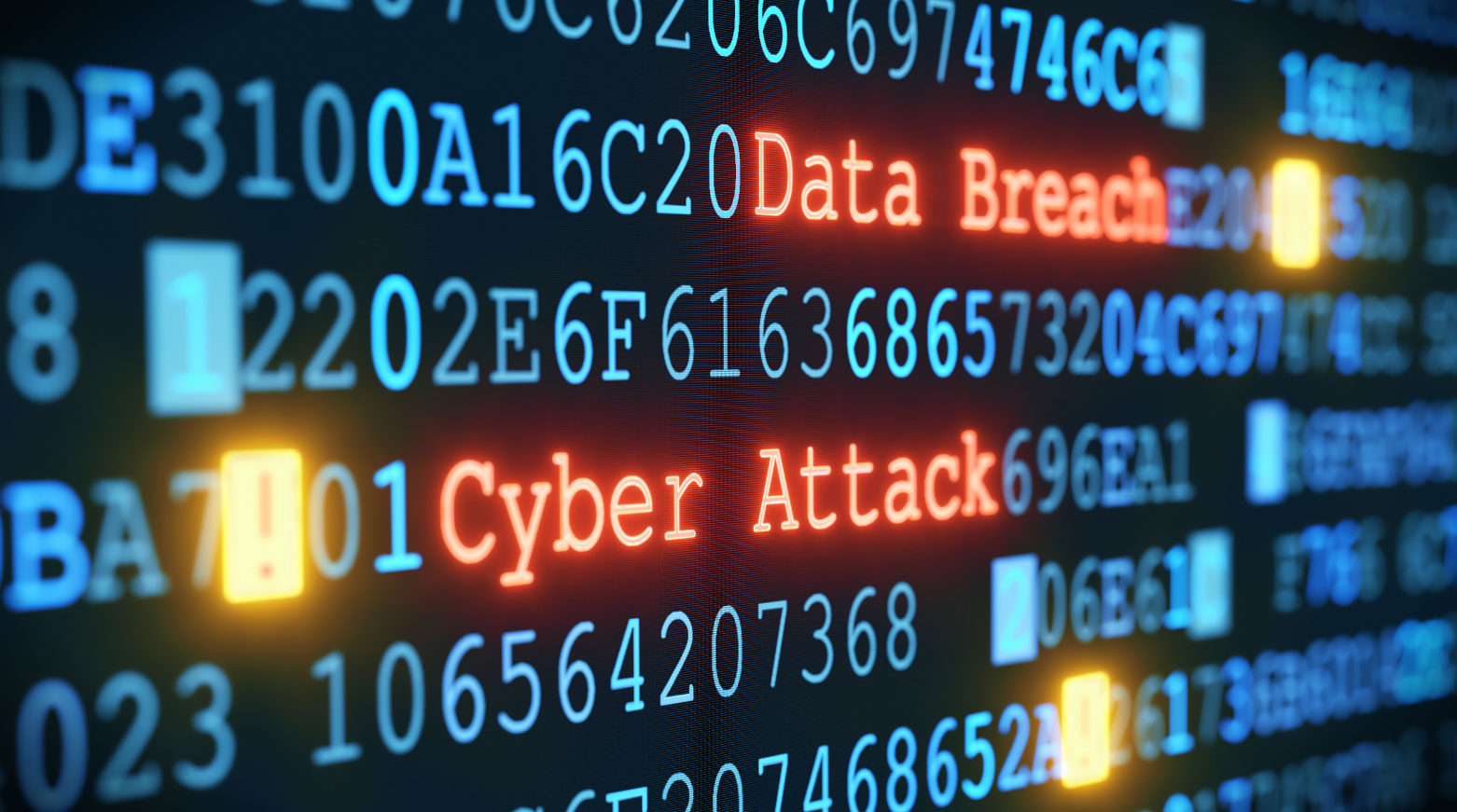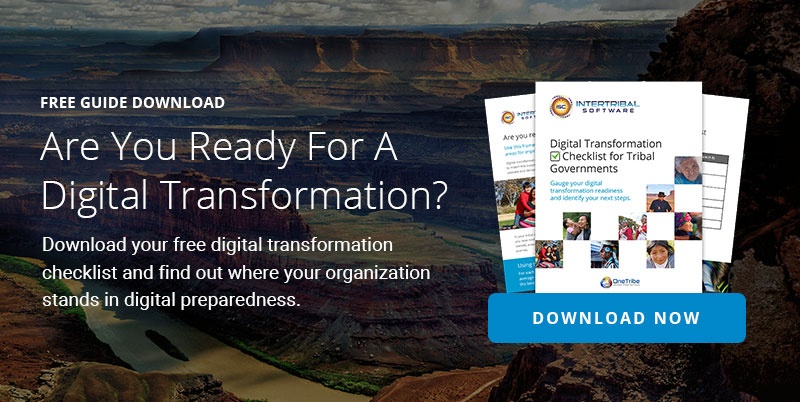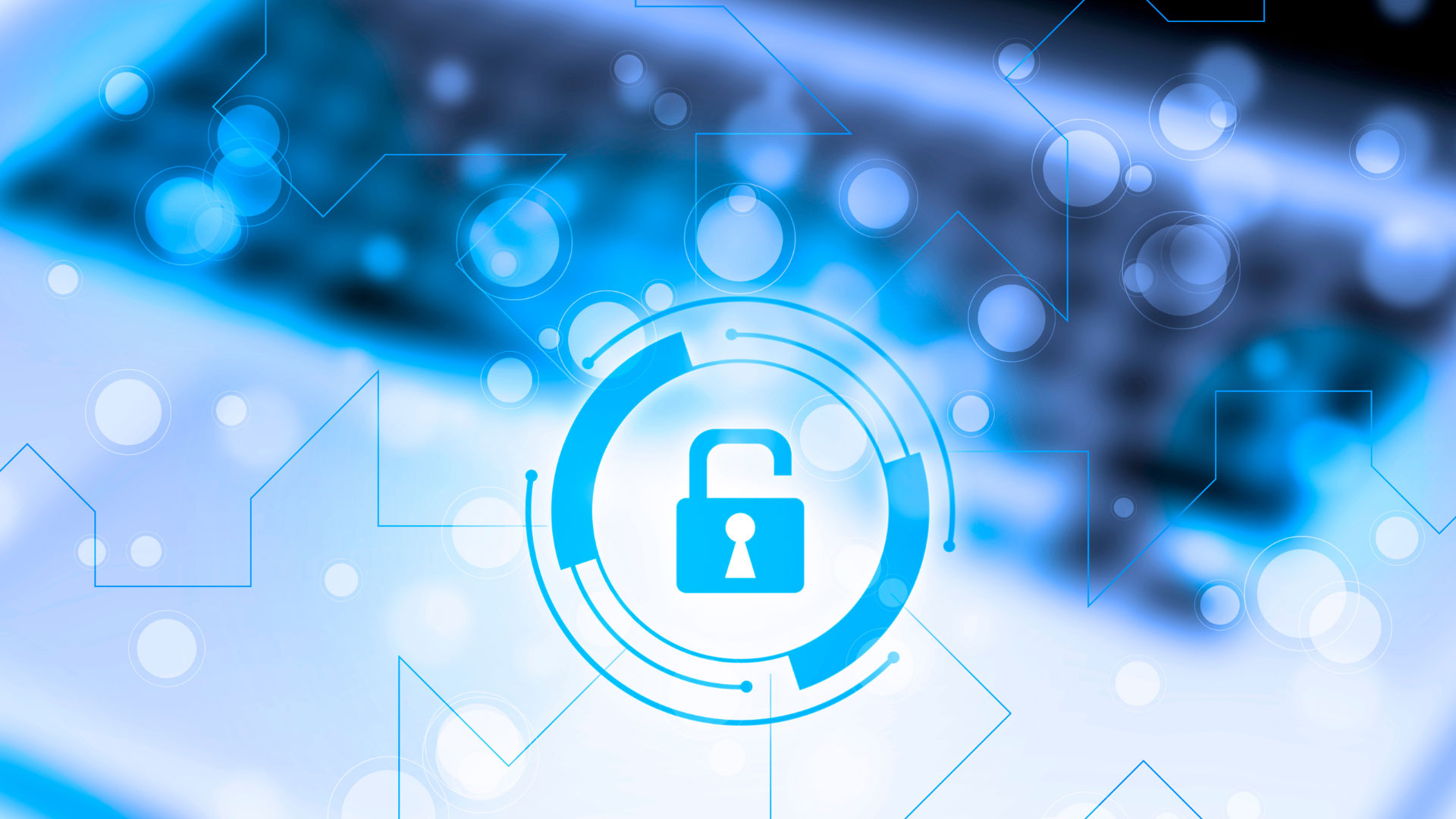
Tribal governments have become a prime target for hackers and other dark-net denizens in recent years. This is because government organizations hold a vast amount of highly sensitive data and their communities rely on digital operations for essential services. This is why it’s vital for tribal governments to engage in robust cybersecurity.
The following seven tips are cybersecurity best practices every tribal government should use to prevent cyber attacks before they have a chance to cause harm.
1) Build a Robust Full-Stack Security Defense
First, build your network with a robust, full-stack approach to security. Every platform, app, and tool that is part of your stack should be individually secured and checked to make sure it doesn’t compromise the security of other software elements in your stack. Start from the network's physical layer all the way to cloud-based resources, third-party platforms, and mobile apps.
2) Use IAM and 2FA to Secure User Accounts
IAM is "Identity Access Management" and 2FA is "Two Factor Authentication". IAM ensures every person has a unique account that is authorized to access only the data they need to do their job. This creates airlocks so that both hacked accounts and insider threats can do the least damage. For added protection, be sure that each account comes with built-in tracking and traceability.
2FA makes it much more difficult for hackers to steal an account and also sends an email or text alert to the account holder each time a new login is attempted.
3) Classify, Track, and Secure All Sensitive Data
Use data classification to identify, flag, and increase the security of any information you hold that is "Sensitive". This generally means info that could be used for identity theft or involves details only the government should have access to.
4) End-to-End Encryption and Data Storage
Encrypt everything! Encryption encodes your data in a way that even hackers can't crack. This means that even if they copy an entire server of protected data, they will not be able to read or effectively steal it. End-to-end encryption means that data is safeguarded while in use, while being moved, and in storage.
5) Comprehensive Backups and Backup Recovery Planning
Create backups and make sure they can be used quickly to recover a corrupted or damaged system. System-level backups can help you quickly rebuild your network and computers from factory settings. Daily backups ensure that you lose as little work as possible if a reload must occur.
If your network gets hacked, backups make it quick and easy to restore to a clean version without paying any ransom.
6) Provide Cybersecurity Training for All Government Staff & Officials
Make sure everyone receives cybersecurity training. They must know what a phishing message looks like because hackers usually try to get around good cybersecurity with infected scam emails and messages instead. They must also know how to isolate and report attempted hacks.
Include government staff and officials to prevent a human security gap.
7) Perform Regular Penetration Tests and Cybersecurity Drills
Penetration tests are automated and directed tests to detect any gaps in your software-level cybersecurity. Cybersecurity drills include fake phishing emails to see if your staff is on point. Be sure to reward team members who identify the drill phishing email so everyone is ready to catch a real attempt when it comes through.
Protect Your Tribe Government with Cybersecurity Best Practices
A strong, secure tribal government is vital, and that includes your computer systems and online resources. Good cybersecurity can prevent cyber attacks and protect your community from the damage hackers can cause. Contact us to learn more about how you can upgrade your cybersecurity with a digital transformation to the OneTribe software.
Sign Up For Our Newsletter
Recent Posts
- Innovations in Housing: Revolutionizing Tribal Housing with Digital Tools for Management
- Empowering Tribal ICW Departments: Achieve ICWA Compliance and Certification Success with OneTribe® Software
- OneTribe CCA - Your Child Care Data Tracker Replacement Solution
- Transform Your Tribal Member Services With Integrated Software Solutions
- Intertribal Software Raises Strategic Investment
Categories
- OneTribe Software
- digital transformation
- tribal government software
- Laserfiche ECM
- Intertribal Software Consultants
- Childcare Assistance
- Housing Management
- Intertribal Software
- tribal member management
- AFCARS Data Collection
- Child Care Data Tracker
- Child Welfare
- Housing
- ICWA
- ICWA Compliance
- Indian Child Welfare Act
- OneTribe Platform
- Title IV-E Certification
- Tribal Data Tracker
- Tribal Family Services
- Tribal Housing
- Tribal ICWA Software
















